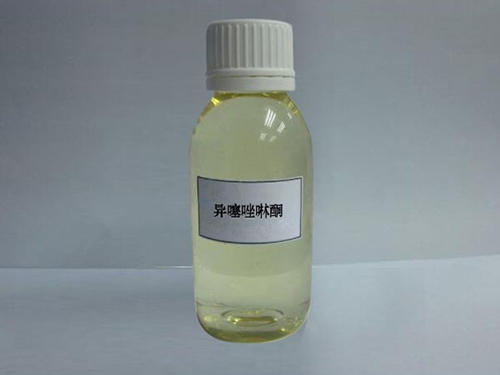different types of flocculants
Different Types of Flocculants
Flocculants are essential agents used in various industries to facilitate the aggregation of particles, forming larger clusters called flocs. This process is crucial in water treatment, mining, paper production, and many other applications requiring the clarification of liquids. The function of flocculants is to enhance the sedimentation rate of suspended substances in a fluid by promoting their agglomeration. Understanding the different types of flocculants is vital for selecting the appropriate agent for specific applications.
1. Natural Flocculants
Natural flocculants are derived from organic materials. They are often favored for their eco-friendliness and biodegradability. Common examples include
- Starch A carbohydrate that is effective in treating wastewater. Starch-based flocculants are particularly useful in the paper industry as they improve the retention of fillers and enhance sheet formation.
- Chitosan Derived from chitin, which is found in the shells of crustaceans. Chitosan is highly effective in removing heavy metals and organic pollutants from water and is praised for its natural antimicrobial properties.
- Alginates Extracted from brown seaweed, alginates are effective in various applications, including food processing and wastewater treatment. They form viscous solutions and interact well with suspended particles.
Natural flocculants tend to be less harmful to the environment and therefore increasingly popular in eco-sensitive industries.
2. Synthetic Flocculants
Synthetic flocculants are man-made polymers engineered to provide enhanced flocculation properties
. They can be categorized into two main types- Anionic Flocculants These have a negative charge and are typically used to treat wastewater containing positively charged particles. They work well in high pH environments and are often employed in the mining industry and during the treatment of industrial effluents.
- Cationic Flocculants With a positive charge, these flocculants are attracted to negatively charged particles. They are commonly used in the textile and paper industries and in wastewater treatment processes where there are high levels of suspended solids.
- Nonionic Flocculants These flocculants do not carry any charge and are used in specific contexts where a neutral flocculation is desired. They are versatile and can adapt to various types of suspended solids.
different types of flocculants

Synthetic flocculants are appreciated for their effectiveness, consistency, and ability to be tailored for specific applications, even though they may present some environmental concerns.
3. Co-polymers and Blends
In some cases, a combination of different types of flocculants can achieve superior results. Co-polymers, which consist of two different types of monomers, can be designed to exploit the strengths of both anionic and cationic properties, providing more flexibility in their application.
Blended flocculants combine the characteristics of natural and synthetic flocculants to optimize performance. These blends often aim to enhance floc stability and improve the filtration rates, making them ideal for intricate water treatment processes.
4. Factors Influencing Flocculant Selection
When choosing a flocculant, several factors come into play
- Type of Suspended Solids The charge and nature of the suspended particles can greatly influence which flocculant will be effective.
- Environmental Regulations Increasing emphasis on environmental sustainability influences the choice, steering industries toward natural alternatives.
- Cost The expense associated with different flocculants can also dictate choices, especially for large-scale operations.
- Compatibility with Other Chemicals The interaction between flocculants and other treatments used in processes can affect overall efficiency.
Conclusion
Understanding the different types of flocculants is crucial for effective water treatment and other industrial applications. Both natural and synthetic flocculants have their unique advantages and disadvantages, and the choice often relies on specific operational needs and environmental impacts. As technology advances, the development of novel flocculants, including blends and co-polymers, will continue to enhance the efficiency of particle aggregation processes, promoting cleaner water and reducing the environmental load on our planet.
-
2 Phosphonobutane 1,2,4 Tricarboxylic Acid (PBTCA): Superior Scale & Corrosion InhibitorNewsAug.31,2025
-
Dodecyldimethylbenzylammonium Chloride: High-Purity DisinfectantNewsAug.30,2025
-
2-Phosphonobutane-1,2,4-Tricarboxylic Acid: Scale & CorrosionNewsAug.29,2025
-
Premium Isothiazolinones | Broad-Spectrum Biocidal SolutionsNewsAug.28,2025
-
LK-319 Special Scale And Corrosion Inhibitor For Steel Plants: Advanced Solutions for Industrial Water SystemsNewsAug.22,2025
-
Flocculant Water Treatment: Essential Chemical Solutions for Purification ProcessesNewsAug.22,2025





